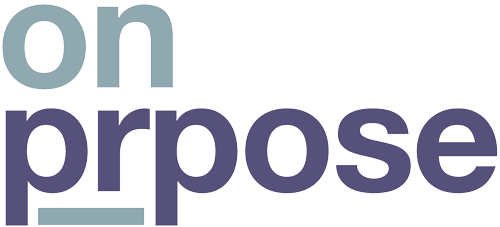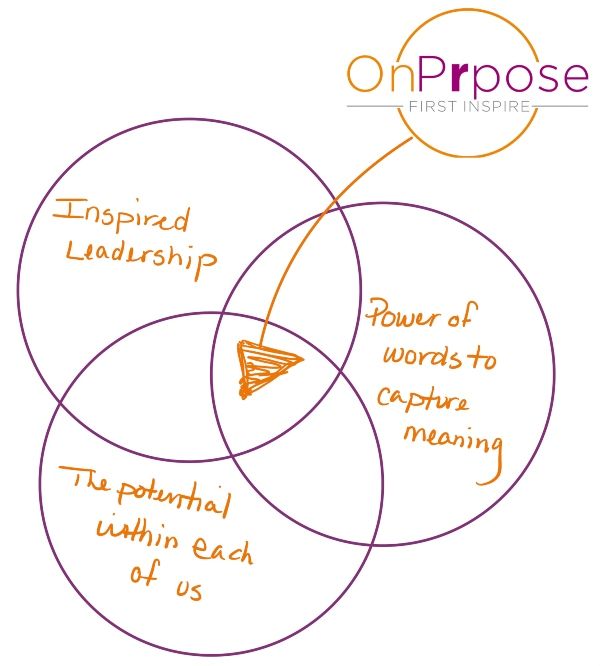I suppose the greatest testament to the work we do is our ability to live what we believe. And however we get to where we are is a result of our collective experiences – from our early days in school through our careers, family life, interests etc. This is where business gets personal.
I think I was the only teenager in Olympia, WA in the early 90s listening to Tony Robbins Personal Power on cassette tape. Nerdy? Probably. Even back then, without knowing anything about anything, I had this drive to discover my own potential and figure out how to bring that into my life. And while the road from then to now is anything but a straight line, I’ve always held this belief. We all have unique strength, talent, passion inside us and our journey in life is to find out what that is and figure out how to use it to contribute to the world in some way.
Fast forward through my education. I was your typical bright but lazy student who cared more about my friends than my grades. I coasted until my last two years of high school when chemistry and calculus knocked me off my high horse. At about that time, thanks to my grade 10 teacher and the Great Gatsby, I recognized my love of language and the power of words to capture meaning and share it.
Austrian Philosopher Ludwig Wittgentein places words at the centre of the human experience: “The limits of my language means the limits of my world.” This is the power of language for me. We understand our world through language. Words are the tools we use to build and shape our experiences. When people can bring words to their meaning, they can bring meaning to the world.
And so it follows I studied English literature in university and while many of my classmates went on to be teachers and academics, I found myself gazing out the window of my 4th year seminar class on 15th century poets, itching to move into our time, to participate in today’s marketplace looking forward, instead of back. The merger of communications and business led to post graduate study in corporate communications and my first internship at an integrated marketing agency. This was the beginning of a career in client service, marketing, communications and strategy. Over the almost 20 years since, I’ve worked with large multinationals, local startups and everything in between.
I love the work; diving into different businesses, different industries, diagnosing challenges to capture their meaning, uniqueness and relevance in a way to inspire employees, customers and partners. It’s great work and it’s hard work, made worse because on the surface it looks easy. Only when you really dig in, sort through the business complexity, the people, the culture, the baggage, avoiding the red herrings, treading softly on the sacred cows, can you see the challenge of coming out the other side with a simple, powerful ideal to lead and guide the business.
And that’s only the beginning of the work. The words, the strategy, the purpose, the meaning once articulated, are a powerful beacon, only if we can activate the people in support of the cause. As I advanced into more leadership roles and the responsibility for people and teams, I got to see, not only from a client service perspective, but also from inside my own organizations, the REAL challenge of igniting the drive inside individuals toward a common purpose.
Building a high-performance team is one of the greatest challenges leaders face today. Worldwide a staggering 87% of employees aren’t engaged at work. And yet, companies with highly engaged employees outperform their peers 147% in earnings per share. Billions of dollars dedicated to employee engagement programs fall short. Addressing the work environment, culture and compensation can only go so far. The attitude and perspectives employees bring with them to work each day are equal to, if not more important than, what we do for them when they get there.
In 2014, I faced this when I was on the leadership team of a mid sized agency with 80 employees. Like many companies, we were challenged with an increasing volume of work and the pressure to deliver faster than ever before, at lower costs. Employee engagement suffered. That year I studied Positive Psychology with Harvard Professor Tal Ben Shahar.
Happy employees are more productive, better problem solvers, who build strong relationships and are more inclined to help others. And, while it may seem like employee happiness and wellbeing isn’t an organizational responsibility, it’s the employer who is left to deal with the impact of negative mindsets on company performance. Cultivating a happier workforce is a critical business strategy. Using the lessons of Positive Psychology, I created an employee Thrive Program, to help employees learn ways to thrive despite circumstances. This includes how to bring your strengths to your role, dealing with adversity, stress, optimism and so on. Since 2014, I’ve introduced this program to other organizations and teams, groups of CEOs, young professionals and factory line workers. It’s amazing how much need there is for this thinking in the workplace today. And, all of this started with the goal of helping people be at their best so they could bring their best to their work.
The final piece of this puzzle is how all of this fits together. When you bring together – people, their potential, the role of strategy to capture the essence of organizations and the power of words to bring shape to the meaning, you can lead and inspire – and rally an organization around a common purpose.
This is the work of OnPrpose. Helping organizations, teams, individuals find the real purpose behind their work and offer it to the world.
– Mary

